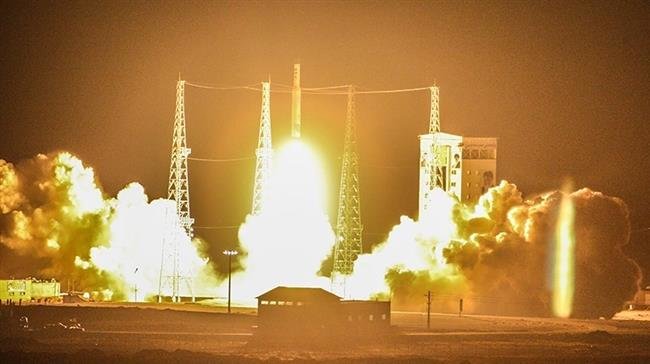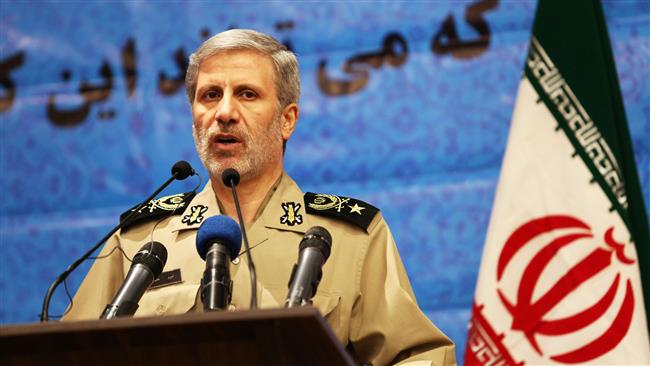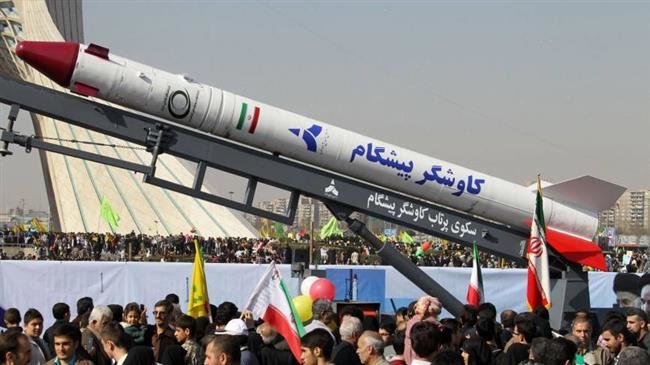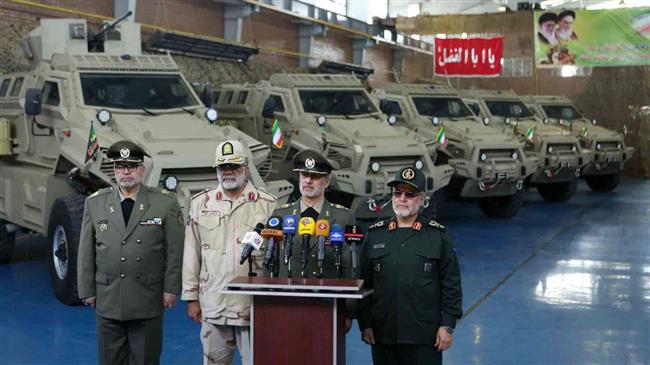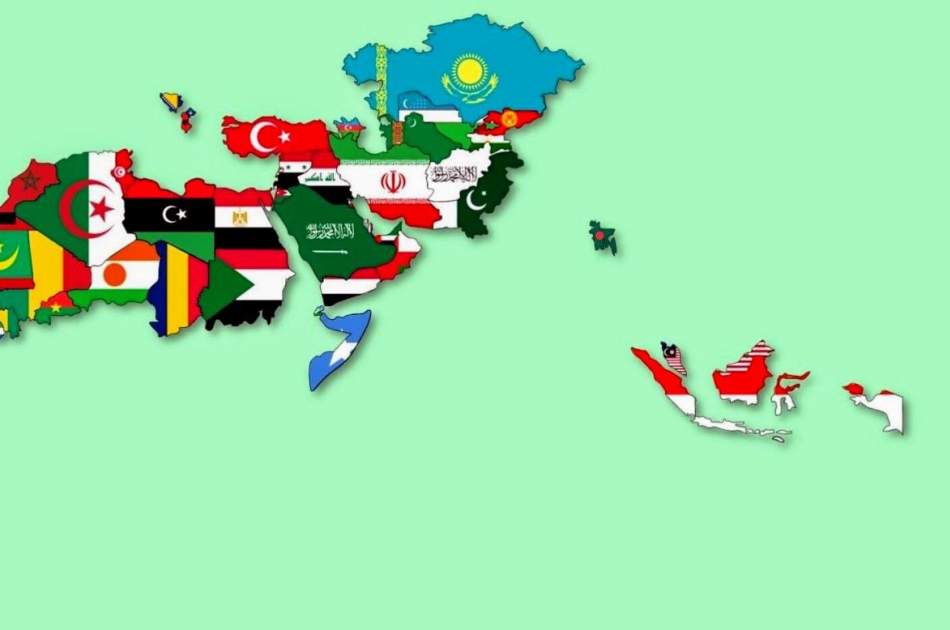Iran’s Defense Minister Brigadier General Amir Hatami says the Islamic Republic will launch a second satellite into orbit within days.
Publish dateThursday 24 January 2019 - 08:13
Story Code : 178446
AVA- Brigadier General Amir Hatami told reporters following a cabinet session on Wednesday that Iran’s new satellite will be launched before the 40th anniversary of the 1979 Islamic Revolution.
He said the satellite will be launched using the Iranian-made Safir carrier, adding that the device would go some 260 kilometers deep into space.
Iran launched another scientific satellite into space earlier this month to collect environmental information to boost the country's forecasting system.
However, technical problems that occurred during the final stage of the launch prevented the spacecraft from reaching orbit.
“The Payam (Message) satellite was successfully launched this morning aboard the satellite carrier. But the satellite unfortunately failed to be placed in orbit in the final stage,” Minister of Information and Communications Technology Mohammad Javad Azari Jahromi tweeted on January 15.
He, however, stressed that Iran was preparing to launch another satellite, named Doosti (friendship).
Hatami said Wednesday that the technical flaws have been detected and expressed hope that the satellite will be re-launched soon.
Iran launched its first locally-built satellite, Omid (Hope), in 2009. The country also sent its first bio-capsule containing living creatures into space in February 2010, using Kavoshgar (Explorer)-3 carrier.
In February 2015, Iran placed its domestically-made Fajr (Dawn) satellite into orbit, which is capable of taking and transmitting high-quality photos to stations on Earth.
Iran’s satellite launches come despite threats by the United States that argues such launches ran counter to the 2015 nuclear deal between and world powers as well as the relevant UN Security Council resolution that endorsed it.
In response, Iran has stressed that there is no military aspect to its satellite activity and that its missile tests are not banned under the Joint Comprehensive Plan of Action (JCPOA) or UNSC Resolution 2231, because the missiles are not designed to deliver nuclear warheads.
He said the satellite will be launched using the Iranian-made Safir carrier, adding that the device would go some 260 kilometers deep into space.
Iran launched another scientific satellite into space earlier this month to collect environmental information to boost the country's forecasting system.
However, technical problems that occurred during the final stage of the launch prevented the spacecraft from reaching orbit.
“The Payam (Message) satellite was successfully launched this morning aboard the satellite carrier. But the satellite unfortunately failed to be placed in orbit in the final stage,” Minister of Information and Communications Technology Mohammad Javad Azari Jahromi tweeted on January 15.
He, however, stressed that Iran was preparing to launch another satellite, named Doosti (friendship).
Hatami said Wednesday that the technical flaws have been detected and expressed hope that the satellite will be re-launched soon.
Iran launched its first locally-built satellite, Omid (Hope), in 2009. The country also sent its first bio-capsule containing living creatures into space in February 2010, using Kavoshgar (Explorer)-3 carrier.
In February 2015, Iran placed its domestically-made Fajr (Dawn) satellite into orbit, which is capable of taking and transmitting high-quality photos to stations on Earth.
Iran’s satellite launches come despite threats by the United States that argues such launches ran counter to the 2015 nuclear deal between and world powers as well as the relevant UN Security Council resolution that endorsed it.
In response, Iran has stressed that there is no military aspect to its satellite activity and that its missile tests are not banned under the Joint Comprehensive Plan of Action (JCPOA) or UNSC Resolution 2231, because the missiles are not designed to deliver nuclear warheads.
Source : خبرگزاری Afghn Voice Agency(AVA)
avapress.net/vdcjxoevmuqeaxz.92fu.html
Tags
Top hits
